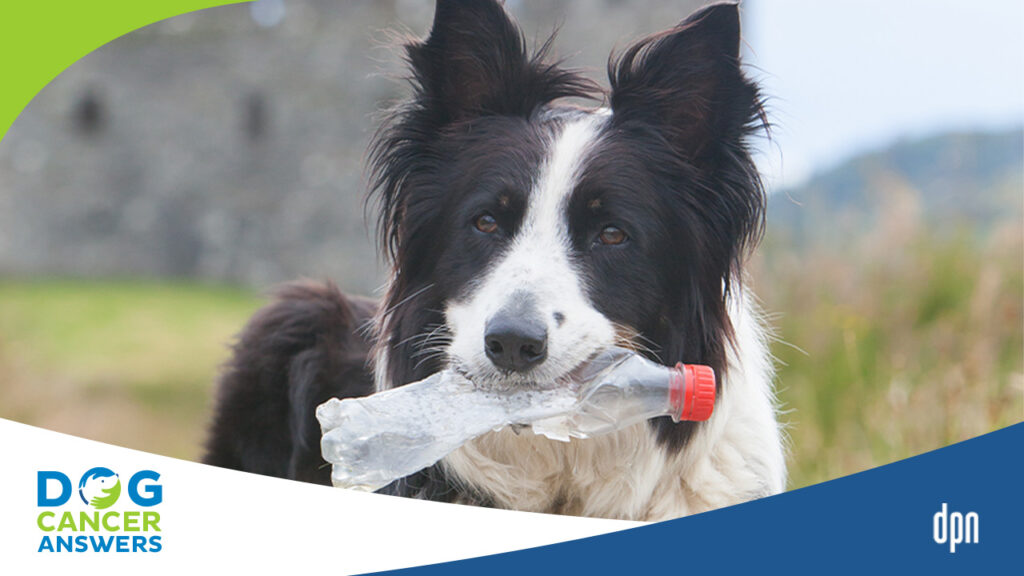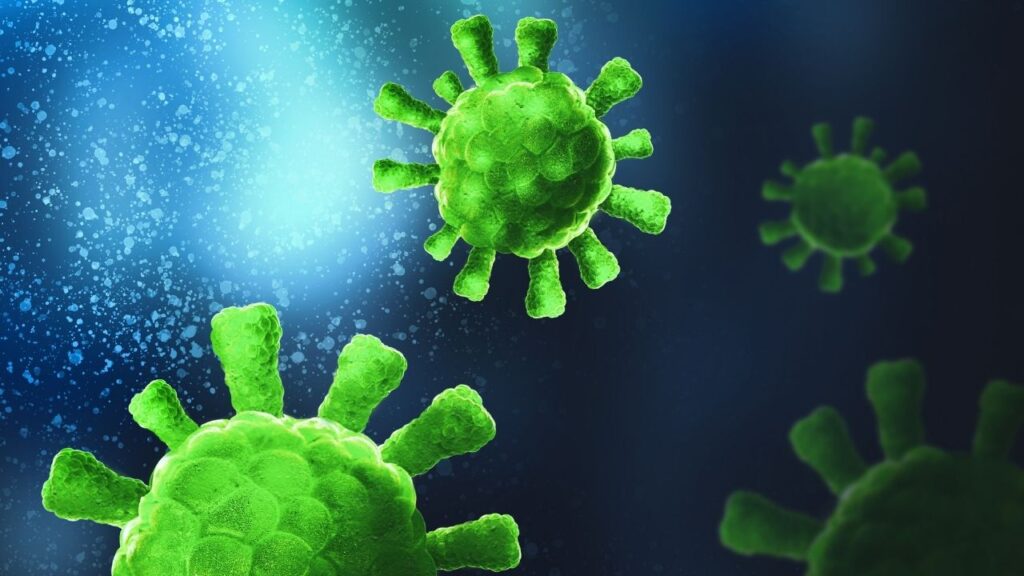Acrylamides are cancer causing compounds created during high temperature food processing. While the risks are being established for human acrylamide exposure, less is known about levels in dog food and potential effects on their health. Cancer is common in dogs and the impact of factors like diet is unclear. Thus, it is critically important for the pet food industry to reduce levels of this potentially cancer-causing compound to levels that are as low as possible.
Key Takeaways
- Acrylamide is a known carcinogen that is bad for dogs, humans, and other animals.
- Foods heated at high temperatures, particularly those with starches, have the highest levels of acrylamides.
- High levels of acrylamide have been found in common dry dog foods, like kibble.
- The side effects of long-term exposure of acrylamide in food include cancer development.
- The presence of acrylamide in food is concerning, especially over a long period of time.
What Is Acrylamide, Exactly?
Acrylamides are common organic compounds formed by cooking food like grains and starches at high temperatures. They are found in many human foods, although they aren’t intentionally added. Acrylamides are produced by a naturally occurring chemical reaction called the Maillard reaction.
High Heat Plus Sugar Plus Amino Acids
The Maillard reaction happens when food is browned, whether in a pan on your stovetop or in a food manufacturing plant. It’s a natural chemical reaction that happens when sugars are reduced over heat and react with amino acids.
You might think that “chemicals” produced this way must taste bad, but you’d be wrong. Think of the way browned french fries taste so delicious, or a piece of protein browned in olive oil or butter has that complex, delicious aroma and taste. That’s the Maillard reaction, and it’s delicious.
Dogs like it, too. And it’s in their commercial food.
When and Where the Maillard Reaction Occurs
For example, acrylamides are produced during the manufacturing of foods that are roasted, fried, or manufactured under high temperatures. You won’t see them listed on nutritional labels, because they aren’t an actual ingredient.
Even so, acrylamides have been detected in common commercial dog food brands,2 due to the manufacturing process. Dry dog food involves significant heating and high pressure which promotes acrylamide formation. So, most dogs are exposed to acrylamides through their diet and after ingestion, these chemicals are easily distributed throughout the body.1
Delicious, But Dangerous
When consumed in high enough quantities over time, the greatest risk of acrylamide exposure is the development of cancer as a result of chronic exposure.
After ingestion the acrylamide is processed by the body into a toxic by-product called glycidamide, which has been associated with cancers of the mammary glands, lungs, thyroid glands, testicles, skin, and other organs in animals.3
Dr. Susan Recker discusses the impact of acrylamides and other carcinogens on dogs in this DOG CANCER ANSWERS episode.
Does Acrylamide Always Cause Cancer?
We know that acrylamide is a carcinogen, but we do not yet know what level of acrylamide exposure corresponds to cancer development in dogs.
A 2021 publication studied levels of acrylamide in dog food to understand its role in dog cancer. These results indicated that the levels of acrylamide in dry food were significantly higher than in semi-dry or canned dog food:3
- The daily intake of acrylamide by dogs on a dry food diet was calculated to be roughly four times higher than that of humans.
- Another study showed that the heating process that creates acrylamides also creates similar cancer-causing compounds that were 122 times higher in dog food than seen in human foods.3
- Because dry food is often a dog’s only source of nutrition, the presence of high levels of acrylamides may play a role in cancer development over time.3
Note that studies of acrylamide and cancer formation have not been conducted for dogs, only for the presence of acrylamide in their food (as above).
However, in laboratory rats, tumors of the thyroid and mammary glands and mesothelioma of the testes have been reported after acrylamide exposure. Future studies are required to determine the amount of dietary acrylamide that increases the risk of cancer formation in dogs.4
Risk Factors for Exposure
Factors that increase the risk of exposure to acrylamide ingestion include regular consumption of commercially prepared dry dog food that contains higher concentrations of highly processed grains, starches, and dried fruits.2
Dr. Nick Thompson discusses how food can help or hurt your dog, including the impact of acrylamides, in this episode of DOG CANCER ANSWERS.
How to Reduce Acrylamide Exposure
A precautionary approach should be taken with respect to highly processed dog foods, which are often cooked at very high temperatures.
Raw foods have lower levels of acrylamide, however, raw diets can carry other risks, such as illness from bacterial contamination.
A balanced diet with a variety of freshly prepared, minimally processed foods is encouraged to minimize risk of acrylamide exposure.2
When preparing a home-cooked diet, the Food and Drug Administration (FDA) indicates that acrylamide production could be reduced by reducing both the temperature and cooking time of foods. For example, boiling and steaming do not produce high levels of acrylamide and the compound forms less in dairy, meat, and fish products.5
If cooking for your dog, the best way to tell if you are creating acrylamides is to watch the surface of the food as it cooks. If you see that tasty brown crust developing, you’re cooking at too high a temperature, or for too long. Instead of browning food, just cook it to doneness.
- Veselá H, Šucman E. Determination of acrylamide in dry feedstuff for dogs and cats. Acta Veterinaria Brno. 2013;82(2):203-208. doi:10.2754/avb2013820202031.
- Acrylamide in pet food What is it and what is the risk? en.allextruded.com. Accessed November 28, 2022.https://en.allextruded.com/entrada/acrylamide-in-pet-food-what-is-it-and-what-is-the-risk-24350
- Sugita K, Yamamoto J, Kaneshima K, et al. Acrylamide in dog food. Fundamental Toxicological Sciences. 2021;8(2):49-52. doi:10.2131/fts.8.49
- van Rooijen C, Bosch G, van der Poel A, et al. Quantitation of Maillard Reaction Products in Commercially Available Pet Foods. Journal of Agricultural and Food Chemistry. 2014;62: 8883−8891.
- Nutrition C for FS and A. Acrylamide Questions and Answers. FDA. Published online March 30, 2020. https://www.fda.gov/food/chemical-contaminants-food/acrylamide-questions-and-answers
Topics
Did You Find This Helpful? Share It with Your Pack!
Use the buttons to share what you learned on social media, download a PDF, print this out, or email it to your veterinarian.









